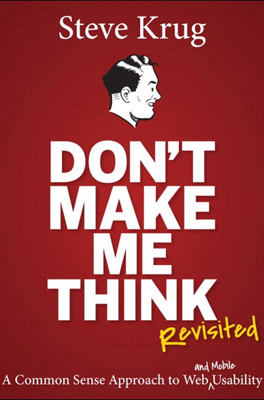How We Really Use the Web
Real Web Usage: Scanning, Satisficing, and Muddling Through
The stark difference between designer expectations and actual user behavior on the web is significant. Despite designers' assumption that users carefully read and navigate through websites, users typically scan pages swiftly, looking for keywords or links that immediately appear relevant.
Scanning Over Reading: Users usually scan rather than read web pages meticulously, searching for specific words or phrases that catch their eye.
Examples of User Scanning Behavior: Users are often on a mission, seeking specific information quickly, or they may scan habitually, mimicking how they browse other media like newspapers or social networks.
Accepting Key User Behaviors
Developers and designers must embrace several real-world practices to optimize web design:
Fact of Life #1: Scanning Preference
- Web users predominately scan pages instead of reading in-depth.
- Scanning efficiently allows users to find relevant content without engaging fully with all on-page text.
Fact of Life #2: Satisficing Rather Than Optimizing
- Users typically opt for the first reasonable choice rather than the best one.
- Satisficing is efficient, especially on poorly designed sites where optimal choices might not be readily obvious.
- Minimal consequences for incorrect choices encourage satisficing, as users can easily navigate back.
Fact of Work #3: Muddling Through Usage
- Users frequently rely on intuitive use rather than a comprehensive understanding of interface mechanics.
- People often use technologies successfully through trial and error, finding functional paths without grasping underlying system functionalities.
Implications for Web Design
Understanding these behaviors is pivotal. Effective web design should cater to these instincts rather than fighting against them:
Design for Scanning: Layouts should facilitate quick scanning, enabling users to spot important information effortlessly.
Embrace Satisficing: Create clear, intuitive paths to relevant content, allowing users to make quick decisions confidently.
Simplify for Muddling: Design interfaces that function effectively even when users don't fully understand or ignore their intended use.
Ultimately, designing web pages as if they were billboards passing at high speeds can lead to more user-friendly websites that align with actual user behaviors, enhancing overall effectiveness and user satisfaction. Recognizing and integrating these insights can drastically improve the design approach, ensuring that users not only find what they need quickly but also feel competent and in control, increasing the likelihood of their return.
